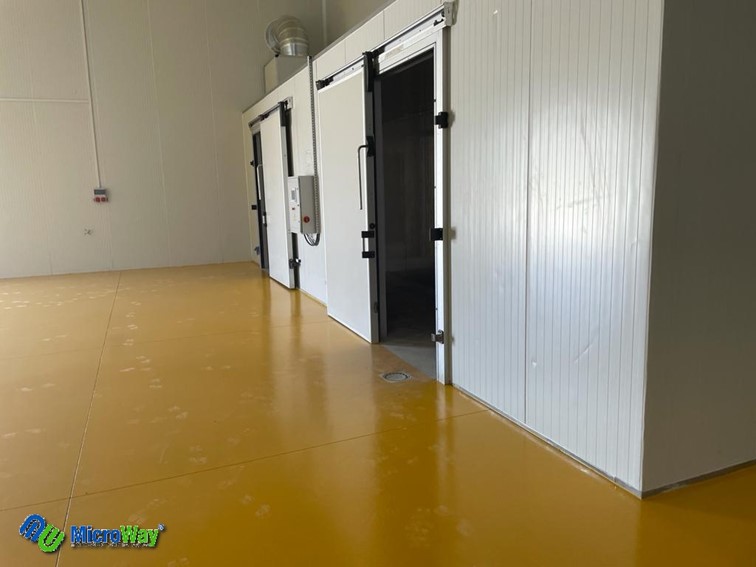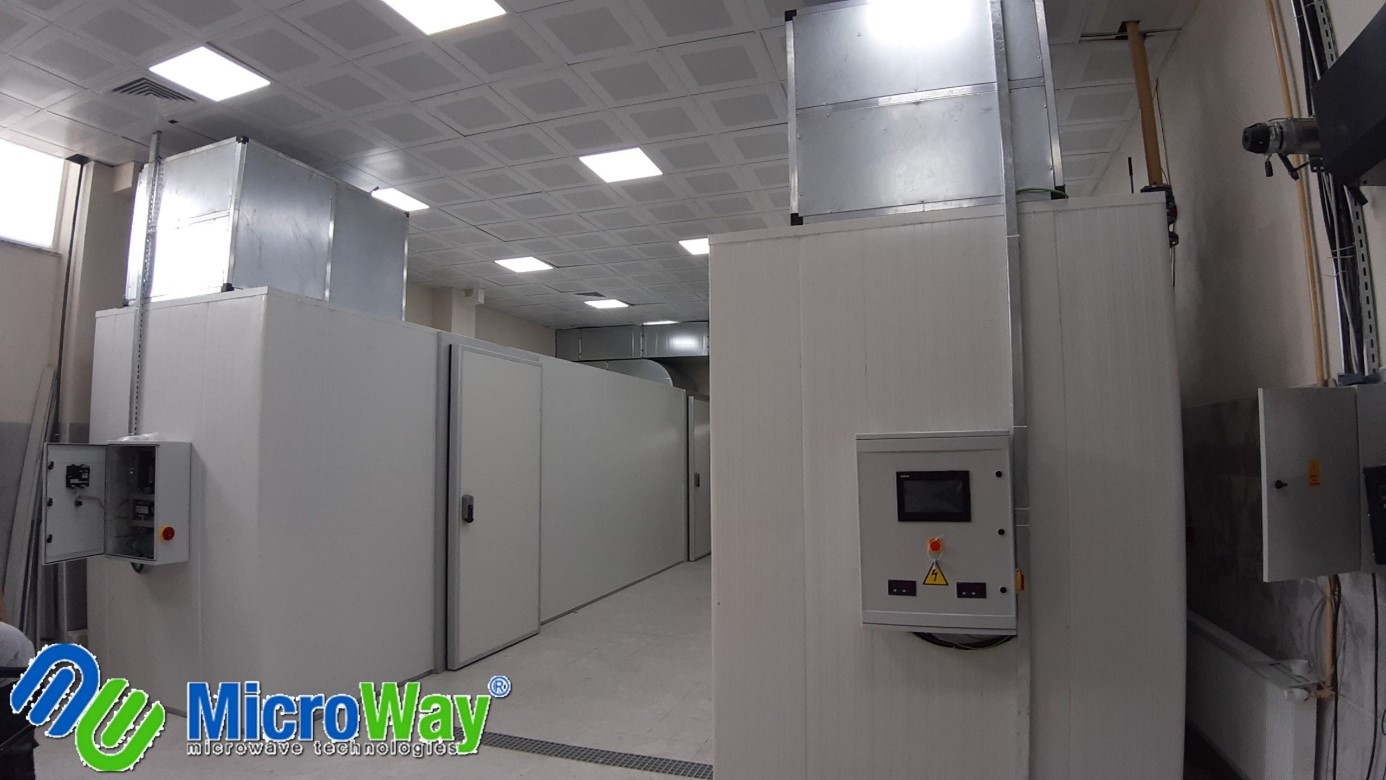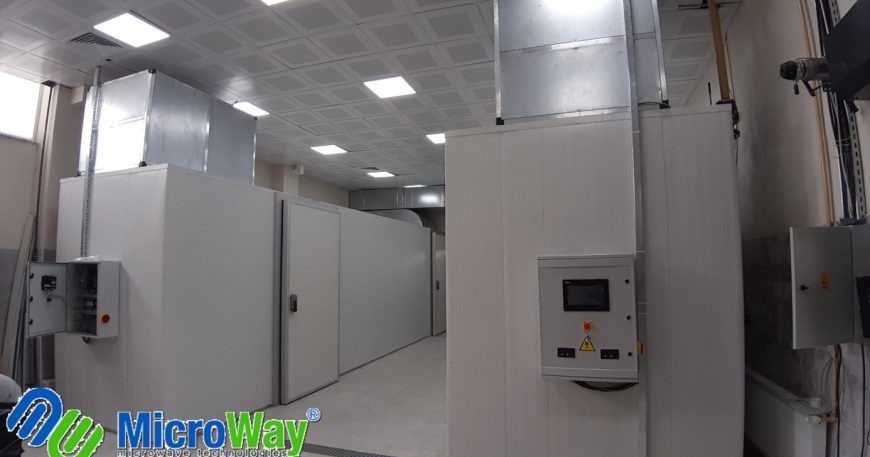Introduction:
Room-type drying machines have emerged as indispensable appliances, offering precise moisture control for diverse applications in laboratories, industries, and households. These machines are designed to efficiently remove moisture from materials, ensuring optimal conditions for preservation, processing, and experimentation.

Design and Structure:
Room-type drying machines feature a well-insulated chamber designed to maintain a consistent temperature and humidity level. The exterior is often constructed with durable materials, while the inner chamber may utilize materials with excellent thermal conductivity. This thoughtful design ensures efficient and uniform drying.
Moisture Removal Mechanisms:
These machines employ various moisture removal mechanisms, such as dehumidification systems, air circulation, or desiccant technologies. The choice of mechanism depends on the specific requirements of the intended application, ranging from delicate laboratory processes to industrial-scale drying.
Applications Across Industries:
- Laboratories and Research Facilities: In laboratories, room-type drying machines play a crucial role in experiments, sample preparation, and maintaining controlled environments for scientific research.
- Pharmaceutical and Biotechnology: Industries involved in pharmaceuticals and biotechnology utilize these machines for tasks like drying sensitive compounds, preserving samples, or creating optimal conditions for certain biological processes.
- Food Processing: Room-type drying machines find application in the food industry for dehydrating fruits, vegetables, and herbs, as well as for processing and preserving various food products.
- Manufacturing and Materials: In manufacturing, these machines are used for drying coatings, curing materials, and controlling moisture content in products such as textiles and chemicals.
Controlled Environment Features:
Advanced room-type drying machines are equipped with sophisticated controls, allowing users to set and monitor precise temperature and humidity levels. This feature is particularly essential for applications requiring stringent environmental conditions.
Energy Efficiency and Sustainability:
In response to increasing environmental awareness, manufacturers are focusing on energy-efficient and sustainable designs for . Incorporating features like energy-efficient heating elements, smart controls, and improved insulation contributes to reduced energy consumption and a smaller ecological footprint.

Safety Considerations:
To ensure the safe operation of proper ventila temperature and humidity settings, and routine maintenance are imperative. Users must follow guidelines provided by manufacturers to guarantee the machines’ longevity and safety.
Conclusion:
Room-type drying machines have become indispensable tools, providing precise moisture control across a spectrum of applications. As technology advances, we can anticipate further innovations in energy efficiency, smart controls, and sustainable design, reaffirming the role of these machines in facilitating processes that demand meticulous moisture management.Get acquainted with the production capacity of the Microway brand.


